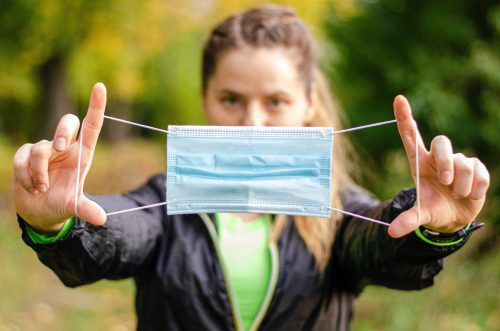How to Re-Enter the World Amidst the COVID-19 Pandemic: Navigating Your Excitement, Anxieties, and Everything in Between

There have been different responses to the reopening of our community quarantine restrictions. How to re-engage with one another will be a different experience for everyone. There are some that have really struggled to survive or thrive within the parameters of the quarantine protocols and prolonged isolation; whereas others have found solace and even meaning from their experience. For instance, some appreciate less time spent commuting to work, and have been able to invest more time in improving their relationships with their family members due to the increased amount of time they spend at home. Others have just enjoyed the slowing down of life in general. And for others, still, they experience both. Thus, there are people who are afraid to lose the things they have worked hard on, or have come to value, during the pandemic. It is therefore understandable that there is a palpable anxiety about re-entering the world.
While we cannot say that the pandemic is over, the increasing number of vaccinated populations coupled with a generally increasing acceptance of ‘the new normal’ has resulted in relaxed protocols wherein people are given more freedom to leave their homes once more.
Check out the tips below to help soothe your anxieties about rejoining the world.
Accept two possibilities:
Accept that you can experience a range of emotions, even if they seem to contradict one another.
Accept that your life in this new normal may not resemble what your life looked like pre-pandemic.
According to licensed clinical psychologist Andrea Bonior, Ph.D., “There’s a whole range of emotions and you can have them at the same time.” It is entirely possible to be excited about resuming your favourite outdoor activities with friends or seeing your colleagues face-to-face, while at the same time still mourning losses you may have experienced due to COVID-19. It may cause you stress and confusion to have such conflicting emotions, but understand that this is completely normal and often universally felt. It is more helpful to look at emotions as a cycle – for instance, going from guilt, to stress, to happiness. Be mindful of the peaks and valleys of your emotions and practice self-compassion.
Remind yourself of what is within your control.
Anxiety often stems from worries over uncertainty. When planning an outing with friends, take note of the factors within your control e.g. when your vaccination appointment is, or holding the reunion outdoors with social distancing and masks. Another way to approach your anxiety is to recall instances in the past where you’ve been faced with similar feelings, and how you overcame them. Know that you can reach for that same strength and resilience to overcome this challenge, too.
Make a list of the things you’re looking forward to.
Our worries are often given the spotlight when we anticipate negative consequences. Shift your focus to the activities, new goals, and loved ones that are excited to see you, instead. By manifesting a more positive mindset – while acknowledging the turbulence of our emotions all the same – we are better equipped to quiet the anxieties that keep us preoccupied.
Reintroduce activities and hobbies slowly.
We often talk about ‘burnout’ in the context of work, but it can apply to social activities as well. Be mindful of overbooking yourself, as you may find yourself disappointed, asking, “Why didn’t I enjoy all of those social activities I used to enjoy before the pandemic started? Assimilate back into the real world in moderation.
Curate your informational diet.
Hearing about COVID cases, deaths and delays in government decisions everyday can contribute to your anxiety and frustration. While it is important to stay informed, manage all of the information you expose yourself to, whether that is through group chats, social media or the daily newspaper. Choose what you see, and how frequently you see it.
Turn to your loved ones.
We always emphasise the importance of confiding in your support system, because it is important for almost every challenge you could be facing. Speak to them about your worries, and often you will find they are going through a similar experience. There is strength in knowing that you are not alone, and by acknowledging your concerns together you may even help find creative solutions to help ease your anxieties and reintegrate into society more smoothly.
Seek professional help to express your anxieties in a judgment-free space.
Anxiety is experienced by everyone, and even at this stage we encourage speaking to a licensed psychologist if you have access to one because the therapeutic benefits of speaking to someone are invaluable. However, if anxiety gets to the point where it is impeding your everyday life, or if it is manifesting in physical symptoms such as headaches, stomach aches, difficulties with concentration or sleeping, we encourage that you prioritise speaking to a mental health professional as soon as possible.
Sources:
Dave, A. (2021). Reentry Anxiety: 7 Ways to Deal With Stress About Post-Pandemic Life. https://www.self.com/story/re-entry-anxiety-covid
Bhatia, R. (2020). 10 Tips to Manage Reentry Anxiety Related to the COVID-19 Pandemic. https://adaa.org/learn-from-us/from-the-experts/blog-posts/consumer/10-tips-manage-re-entry-anxiety-related-covid-19
SCL Health. (2021). Pandemic Re-entry Anxiety? How to Overcome It. https://www.sclhealth.org/blog/2021/03/pandemic-reentry-anxiety-heres-how-to-overcome-it/





